P.O.P. – PERCEPTION OBJECTIFIER PROTOTYPE
An Augmented Sense of Space
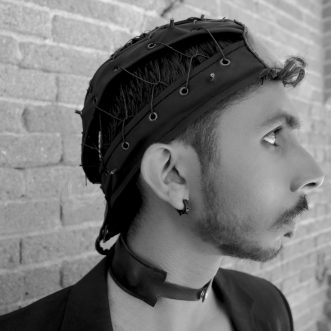

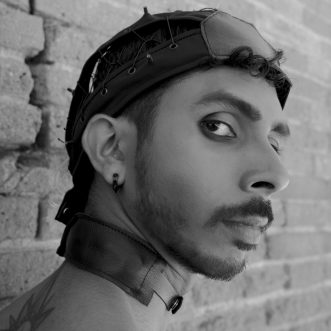
ABSTRACT
The Perception Objectifier Prototype (P.O.P) aims to augment our perception of sight and space by enhancing our ability to identify artificially lit environments that simulate daylight. Through the Colour Rendering Index (CRI), in clear daylight, an object displays true colours when valued at 100 and on the Correlated Colour Temperature (CCT) spectrum, daylight is mapped between 5000K to 7500K. P.O.P receives environmental light through fibre optic cables and projects it onto a colour sensor, which calculates the CCT value. The CCT spectrum is then mapped into haptic patterns using vibration motors located on the neck, creating a new language for space to communicate with us.
SENSING COLOUR TEMPERATURES
P.O.P. would allow its users to sense simulated daylight in internal environments using Correlated Colour Temperature as a basis. On the spectrum, there are values that maps daylight which are from 5500K to 7000K. With that in mind, the Colour Rendering Index states that in daylight, a CRI value of 100, objects display its true colours. This means that we would be able to sharpen our sense of sight through P.O.P.. Besides that, by sensing daylight, we would be able to improve our mental health by immersing ourselves in artificial daylight.

Colour Temperature Spectrum references
PROJECT CLAIMS
CHANGES IN CORRELATED COLOUR TEMPERATURE WILL RESULT IN PSYCHOLOGICAL CHANGES – In a wayfinding experiment in a virtual airport, researchers found that the number of experiencing hesitations decreased when the CCT increased from 3000K to 12,000K [1]. Researchers have also found that our sleep cycles are also significantly affected by light sources with higher colour temperatures [2].
DATA CAN BE TRANSLATED INTO AN UNDERSTANDABLE HAPTIC LANGUAGE – In an experiment it was concluded that through customizable vibration motor patterns, they were able to construct meaningful tactile icons [3]. Eaglemen had developed a non-invasive, vibratory vest and as part of the experiment, he had trained a subject to make stock-market decisions purely based on the vibration patterns [4].
EXPOSURE TO SIMULATED DAYLIGHT WILL HAVE AN EFFECT ON OUR MENTAL HEALTH – Those who experience seasonal depression are prescribed light therapy that simulates daylight through a lightbox. This exposure stimulates cells in the retina which affects our circadian rhythm [5]. In another experiment, researchers studied the duration of exposure of light therapy and found depression scores reduced after 20 minutes [6].
FIRST ITERATION

OBJECTIVE – To objectify the aesthetics of space and intuition by externalizing red, green, blue colour values through haptic feedback
KEY TAKE-AWAYS – Specific data input was necessary for a clearer development of the sense || Vibration motors needed to be detached due to vibrations affecting the headpiece || Form was more for geometrical exploration of converging light into a center || Colour sensor receives a one directional source of input
SECOND ITERATION
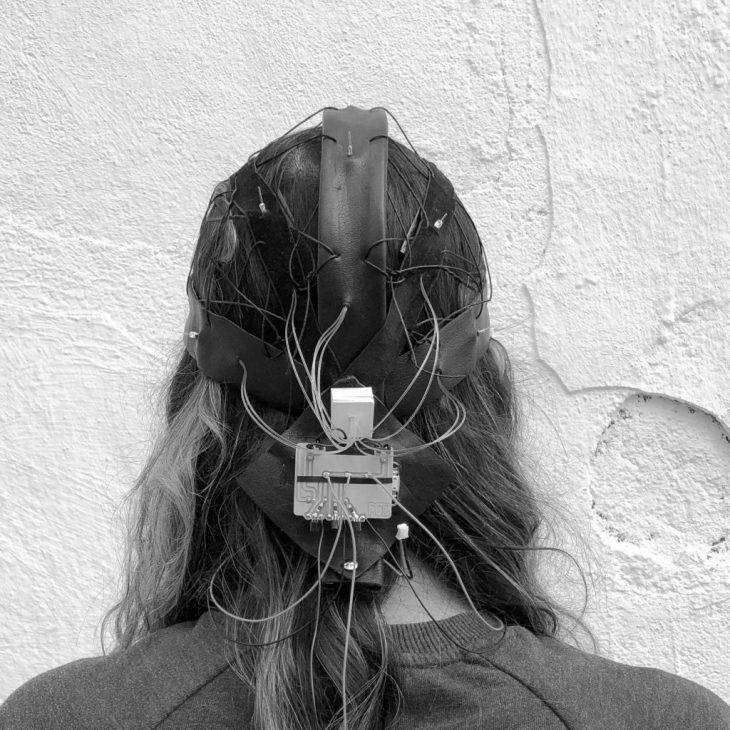
The development of the second iteration is documented here. These are the summary of the developments :-
- SPECIFIC DATA INPUT TO TURN INTO A MORE TANGIBLE SENSE – ENVIRONMENTAL COLOUR TEMPERATURE
- VIBRATION MOTORS WERE DETACHED AND TURNED INTO PATCHES ON THE NECK
- FORM WAS DESIGNED TO OPTIMIZE THE INPUT OF DATA
- AESTHETICS WERE MORE MINIMAL FOR SUBTLETY
- FIBRE OPTICS WERE USED TO PROJECT LIGHT ONTO THE COLOUR SENSOR
During the development, bespoke components were envisioned to increase the efficiency of P.O.P.’s performance.

FINAL ITERATION
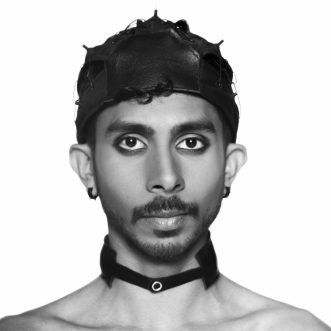
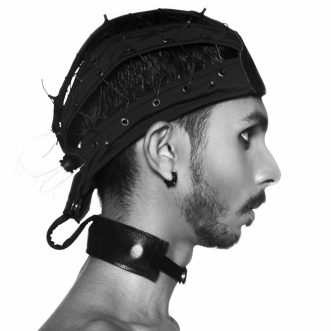
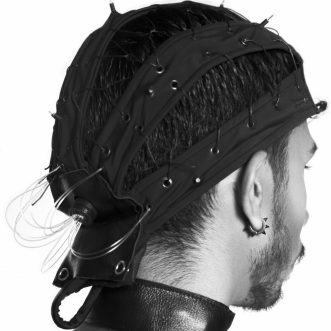
PARAMETRICALLY DESIGNED FOR EFFICIENCY

BESPOKE COMPONENTS TO ENHANCE EFFICIENCY
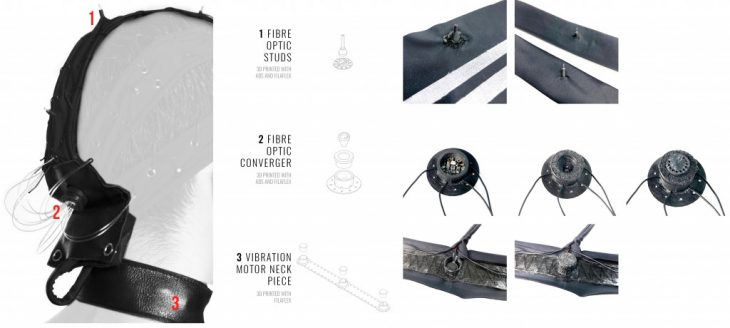
FABRICATION TECHNICAL DETAILS
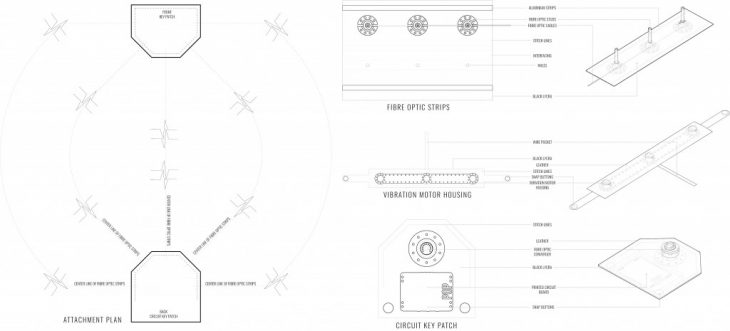
CIRCUITRY AND PULSE CODE
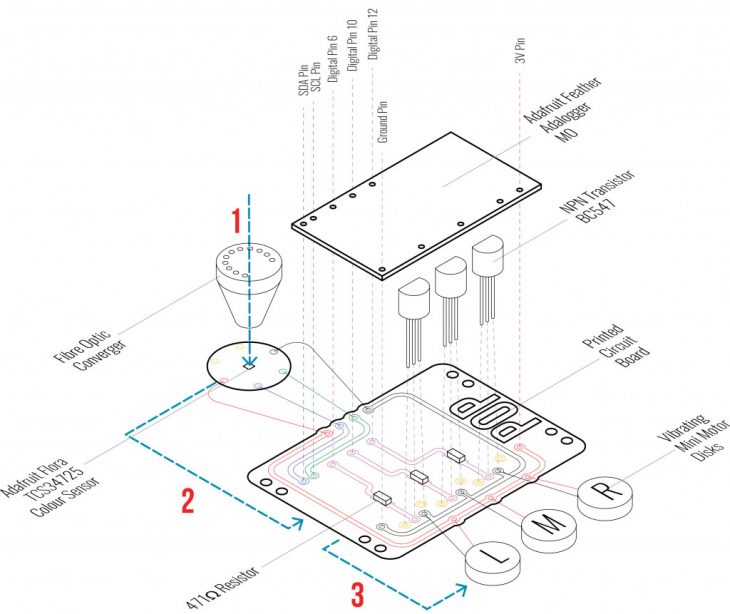

1 Environmental light is transferred to the photodiodes of the colour sensor through the fibre optic cables || 2 The colour sensor calculated the average colour temperature values || 3 A code maps the values out into vibration patterns on three vibration motors || 4 The vibration delays increase towards the opposite ends of the spectrum – The reds are mapped on the left motor ( L ), The middle range is mapped on the middle motor ( M ) and The blues are mapped on the right motor ( R ).
HYPOTHESES & DATA COLLECTION
Haptic feedback understandability
HYPOTHESIS – P.O.P. will be able to effectively translate the Correlated Colour Temperature spectrum into an understandable haptic language

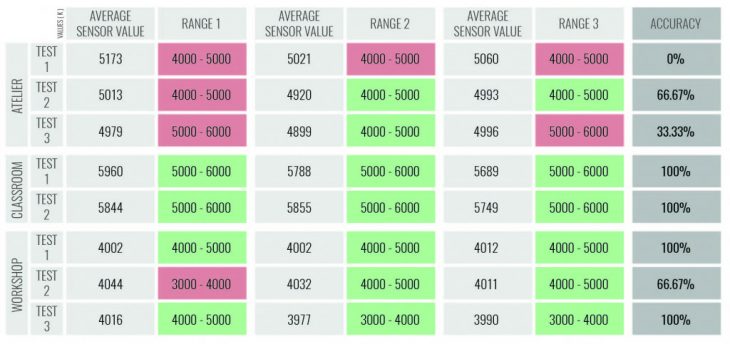
RANGE DETERMINING EXPERIMENT – ACCURACY TABLE
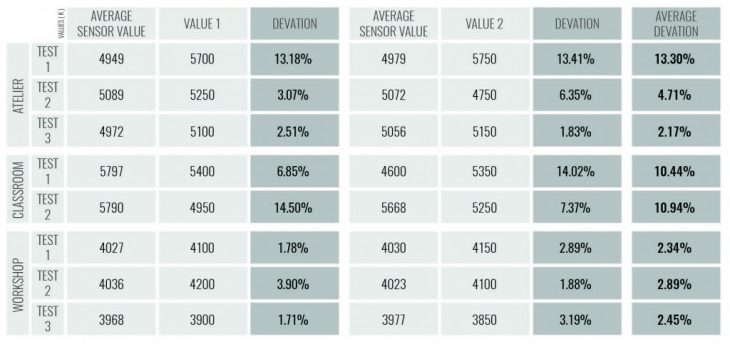
VALUE DETERMINING EXPERIMENT – DEVIATION TABLE
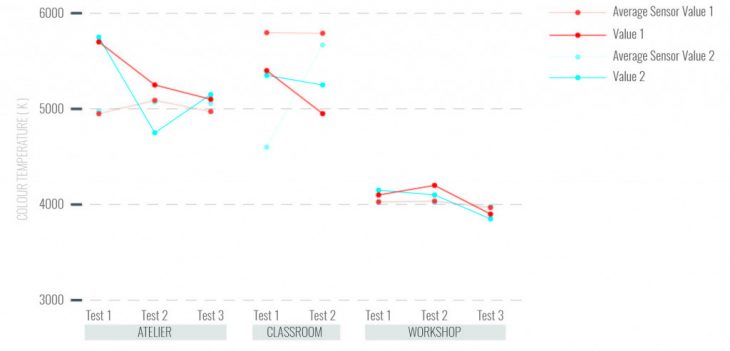
VALUE DETERMINING EXPERIMENT – DEVIATION GRAPH
CONCLUSIONS – Values are able to be determined viathe haptic patterns with deviations of less than 15% || Visual perception is sharpened because of the focus on vibration patterns in comparison to the spectrum and what is seen
Efficiency of environmental light input
HYPOTHESIS – P.O.P. will be able to accurately transfer environmental Correlated Colour Temperature levels from the fibre optic cables into the colour sensor || P.O.P. will be more effective receiving data in an environment with artificial light


Value Deviation Experiment – Table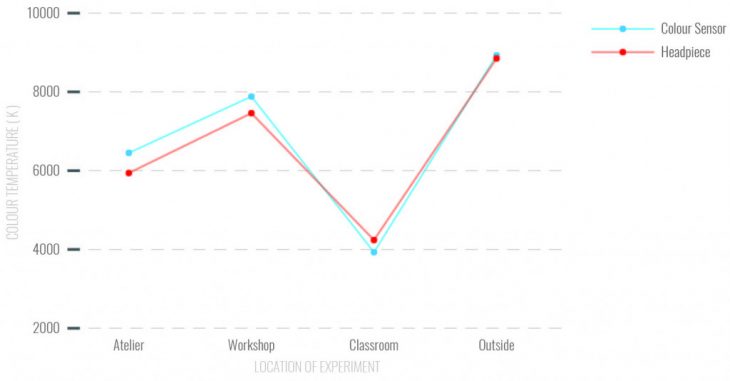

POP – Mapping colour temperature spectrum CONCLUSIONS – The integration of fibre optics increase the accuracy of reading environmental colour temperature with deviation of less than 10% from the values of the colour sensor || P.O.P. works efficiently in artificially lit and naturally lit environments as the values correlate to the colour temperature spectrum
Wearable and social acceptance
HYPOTHESIS – P.O.P. would be able to be used for an extended period of time || P.O.P. would gain a significant amount of attention due to its aesthetics
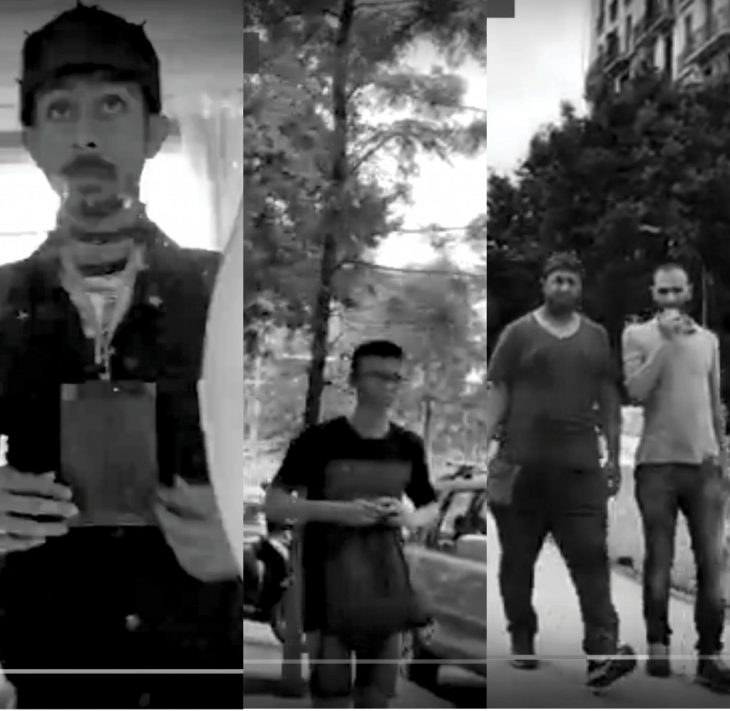
POP – Live Logging Stills
CONCLUSIONS – The headpiece needs a couple of days to break into the form of the head and neck || No noticable damages to the headpiece and no noticable physical changes on the head and neck || The back portion receives more attention than the front
POINTS OF DISCUSSION
PARAMETRIZATION OF WEARABLES CAN LEAD TO ACCESSIBILITY FOR THE MASSES – With P.O.P. potentially accessible to the masses, there lies an opportunity to create new conversations, not only between user and space, but with individuals as well. Through this shared information, empathy is fostered because of the ability to immerse oneself in someone else’s experience.
PRIORITIZATION OF THE EXISTING SENSES WHILE LEARNING A NEW ONE – Extended use of P.O.P. would be able to train our minds and bodies to learn this new sense of spatial perception. The availability to new open-source technologies have made it easier to hack our senses by expanding our sensory inputs to receive inputs that we could not have possibly experienced before with our human limitations [7].
THE ROLE AND THE PRIORITIES OF THE DESIGNER IS CHALLENGED BY THE USERS – There lies the potential of extracting data from architectural spaces. Designers would then have to curate environments always keeping in mind the well-being of the users, but their artistic expressions may be hindered. They would need to find a more wholesome approach to design in order to balance their artistic needs.
REFERENCES
1. Suzer, O. K., Olgunturk, N., & Guvenc, D. (2018). The effects of correlated colour temperature on wayfinding: A study in a virtual airport environment. Displays, 51, 9-19. doi:10.1016/j.displa.2018.01.003
2. Vandewalle, G., Schwartz, S., Grandjean, D., Wuillaume, C., Balteau, E., Degueldre, C., Schabus, M., Phillips, C., Luxen, A., Dijk, D. J., … Maquet, P. (2010). Spectral quality of light modulates emotional brain responses in humans. Proceedings of the National Academy of Sciences of the United States of America, 107(45), 19549-54.
3. König. P. & König. S. U. (2016). 4th International winter conference on brain-computer interface (BCI), Yongpyong, 2016, pp. 1-3. Doi: 10.1109/IWW-BCI.2016.7457456
4. Eagleman, D. (n.d.). Sensory Substitution. Retrieved from
https://www.eagleman.com/research/sensory-substitution
5. Bedrosian, T. A., & Nelson, R. J. (2017). Timing of light exposure affects mood and brain circuits. Translational psychiatry, 7(1), e1017. doi:10.1038/tp.2016.262
6. Virk, G., Reeves, G., Rosenthal, N. E., Sher, L., & Postolache, T. T. (2009). Short exposure to light treatment improves depression scores in patients with seasonal affective disorder: A brief report. International journal on disability and human development : IJDHD, 8(3), 283–286. doi:10.1901/jaba.2009.8-283
7. Javelosa, J. (2016). Could We Hack Our Brains to Gain New Senses? Retrieved from
https://futurism.com/could-we-hack-our-brains-to-gain-new-senses
P.O.P – Perception Objectifier Prototype is a project of IaaC, Institute for Advanced Architecture of Catalonia developed at the Master in Advanced Architecture in 2019 by:
Student: Surayyn Uthaya Selvan
Faculty: Luis Fraguada and Elizabeth Bigger
Physical Computing Expert: Cristian Rizzuti
